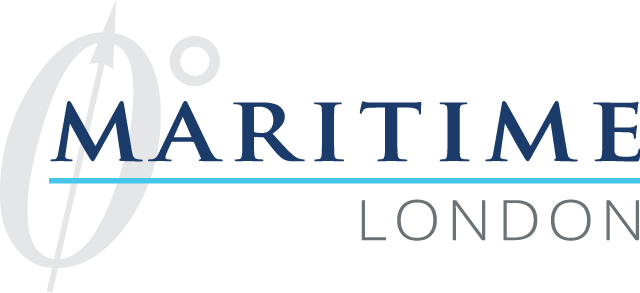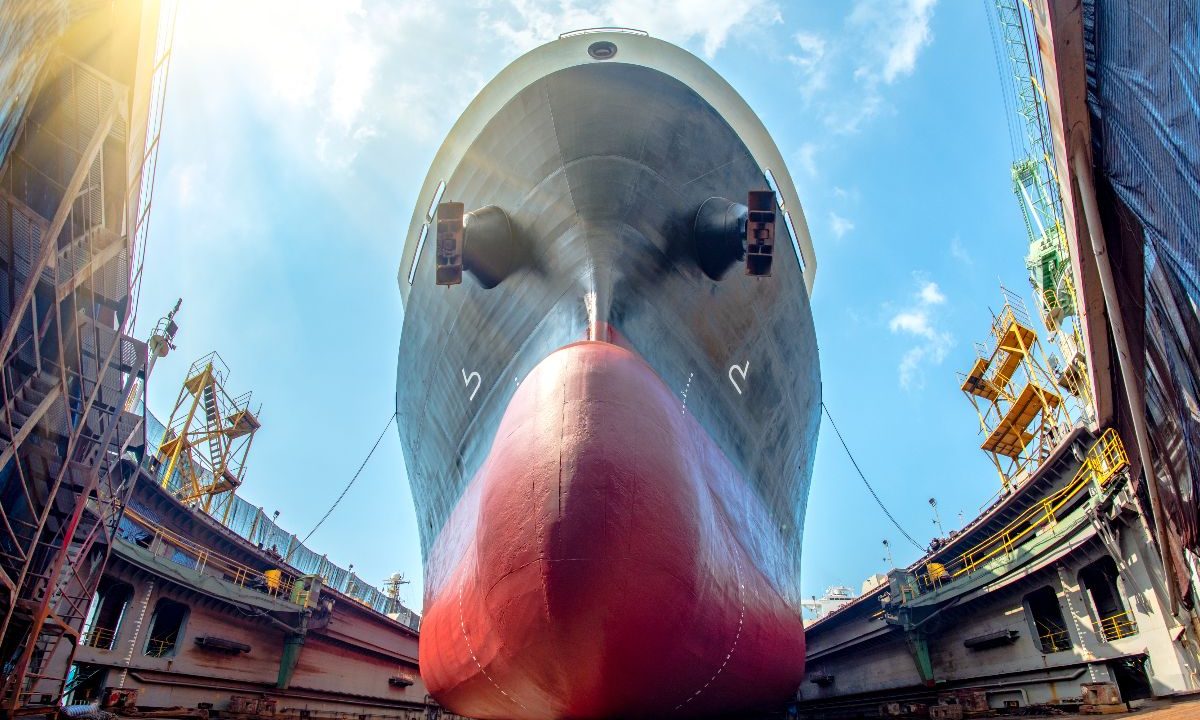Posted on: 16 June 2022
Bureau Veritas (BV), a leader in testing, inspection and certification, has announced the release of its new structural rules for steel ships, NR467. The new rules are a significant development in classification society standards, building on extensive hydrodynamic simulations as well as unprecedented insight into hydrodynamics and structures, supported by 15 years of new digital tools and increased computing power.
The new NR467 rules, which address the safety requirements for the structural assessment of sea-going ships, replace the rules issued in 2000, and comprise significant changes that will benefit shipyards and shipowners. These include increased clarity and transparency in the parameters used for formulas to support a better understanding of the rules and of the physical phenomena taken into account by shipyards and designers.
The advanced concept of Equivalent Design Waves (EDW) was extended to the structural assessment of all types of sea-going ships, taking into account the latest developments in our understanding of key physical processes and hydrodynamics. New hydro-structure coupling tools have been used to validate the choice of the Equivalent Design Waves and the correct combinations of design loads. It is now proven that these waves are sufficient to maximize the structural response at any location on the ship. This improves the definition of loads and scantling requirements, enabling the rules to be more accurate when combined with the associated new formulas and increased computational capabilities for extreme storms and fatigue condition assessments. In tangible terms, this now enables shipyards to improve the distribution of the steel weight, leading to better performance and potential cost savings for shipowners.
Importantly, these new rules harmonize the steel ship rules for all ship types (bulk carriers, tankers, containerships, etc.), providing a consistent framework for designers and shipyards to apply to all vessels. BV has also standardized its rules in line with the International Association of Classification Society (IACS) requirements for all strength matters, such as design principles, the Equivalent Design Wave (EDW) approach and scantling requirements, amongst others.
The development of new BV rules follows a thorough process that begins with Research and Development (R&D) together with industry partners. This is how BV ensures that industry experience informs the development of rules and notations that are aligned with the realities on the ground. BV’s global industry partners are invited to comment on draft rules, before final feedback is sought from a broad range of stakeholders during consultations.
Laurent Leblanc, Senior Vice President Technical & Operations at Bureau Veritas Marine & Offshore, said: “Modern technologies have enabled us to develop modern class rules and standards fit for a fast-evolving shipping industry. Today, we are proud to issue our new Steel Rules, which represent an important milestone in their integration of the latest developments in digital technology, as well as a major tool that will support shipyards and shipowners as they develop the safe, efficient and sustainable fleets that are needed today and tomorrow.
“At BV, we are committed to making our rules as easy as possible for users, without compromising their integrity. We are continuously involved in a wide range of projects, helping us increase our common knowledge together with our stakeholders. Collaboration is vital, and from the earliest stages BV works with industry experts and partners to evaluate and prioritize the needs expressed by our clients. Notations are never fixed in time, and our new Steel Rules are an example of how we continue to refine our rules as technologies progress, research data pours in, and feedback from pilot projects is received.”




